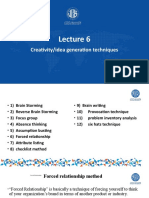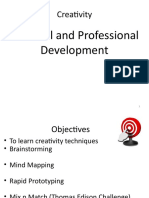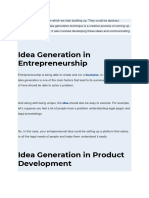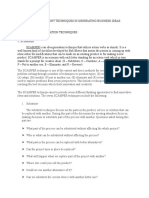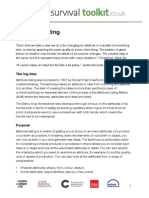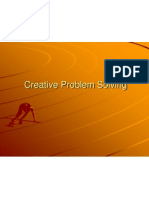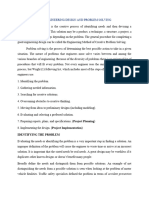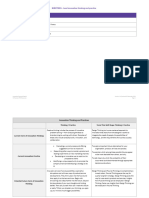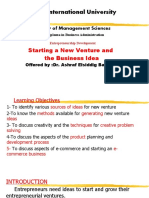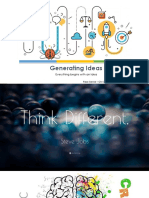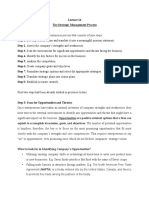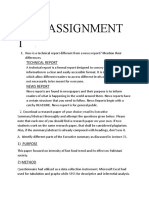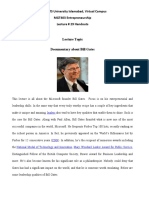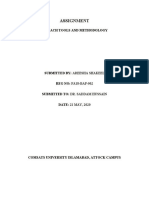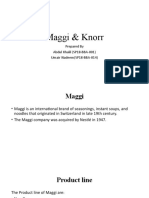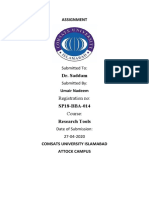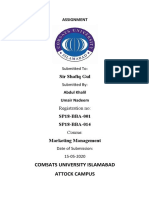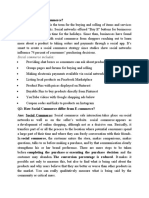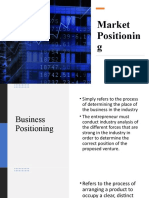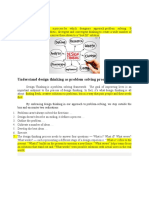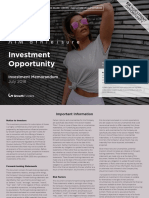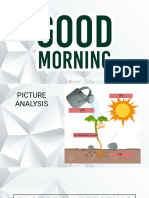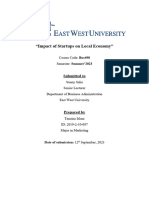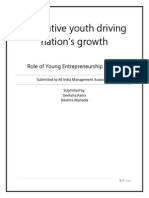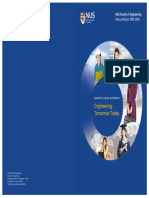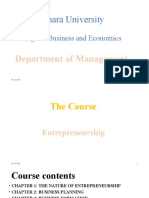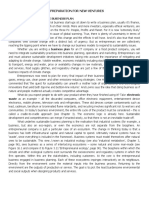0% found this document useful (0 votes)
90 views8 pagesCreativity Techniques Overview
Creativity techniques are methods used to ignite creativity in individuals or groups. Some techniques include brainstorming, mind mapping, rapid prototyping, mix and match, and attribute listing. Brainstorming involves a group spontaneously generating novel ideas to solve problems without criticism. Mind mapping uses a graphical approach to organize ideas around a central topic. Mix and match combines unrelated items to create new products or systems. Rapid prototyping quickly tests concepts through draft models. Attribute listing breaks things down into parts and explores alternative attributes and combinations. These techniques encourage divergent and creative thinking to generate innovative solutions.
Uploaded by
Umair NadeemCopyright
© © All Rights Reserved
We take content rights seriously. If you suspect this is your content, claim it here.
Available Formats
Download as DOCX, PDF, TXT or read online on Scribd
0% found this document useful (0 votes)
90 views8 pagesCreativity Techniques Overview
Creativity techniques are methods used to ignite creativity in individuals or groups. Some techniques include brainstorming, mind mapping, rapid prototyping, mix and match, and attribute listing. Brainstorming involves a group spontaneously generating novel ideas to solve problems without criticism. Mind mapping uses a graphical approach to organize ideas around a central topic. Mix and match combines unrelated items to create new products or systems. Rapid prototyping quickly tests concepts through draft models. Attribute listing breaks things down into parts and explores alternative attributes and combinations. These techniques encourage divergent and creative thinking to generate innovative solutions.
Uploaded by
Umair NadeemCopyright
© © All Rights Reserved
We take content rights seriously. If you suspect this is your content, claim it here.
Available Formats
Download as DOCX, PDF, TXT or read online on Scribd
/ 8













